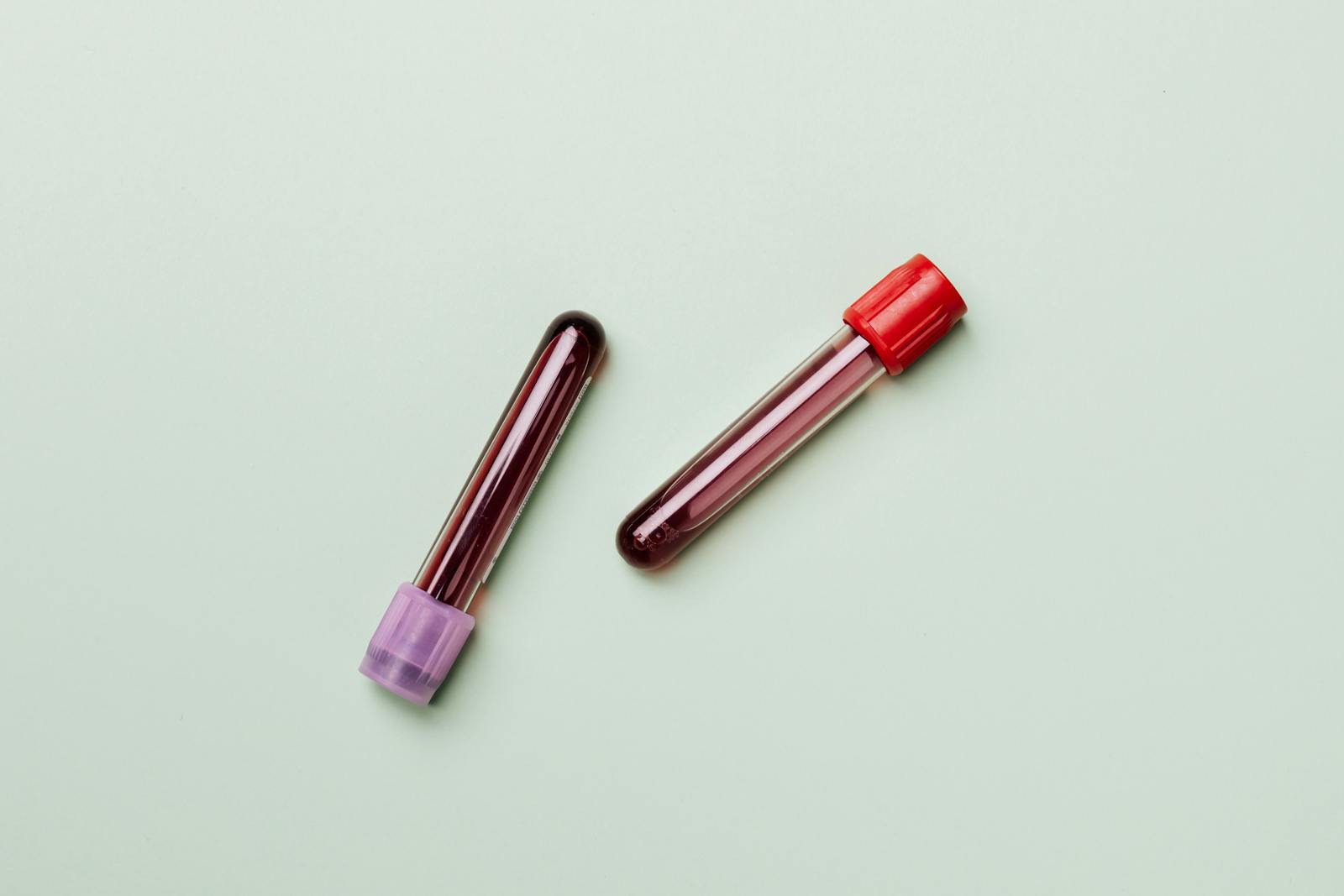Breast augmentation is one of the most popular cosmetic surgeries in the world. However, like any surgical procedure, it comes with risks and potential complications. If you are considering getting breast implants or already have them, it is important to be aware of the most common complications and how to recognize and prevent them. In this blog post, we will discuss breast implant illness, capsular contracture, implant malposition, BIA-ALCL, breast seroma, and breast implant rupture, and how to deal with them.
Breast Implant Illness: Breast implant illness (BII) is a term used to describe a broad range of symptoms that some women with breast implants experience, such as fatigue, joint and muscle pain, headaches, and brain fog. The exact cause of BII is still unknown, but it may be related to an immune system response to the implants. If you develop any symptoms after getting breast implants, it is important to talk to your doctor and consider removing them.
Capsular Contracture: Capsular contracture is a complication that occurs when the tissue capsule around the implant becomes thick and tight, causing the breast to harden, deform, and sometimes hurt. Capsular contracture can be caused by infection, trauma, or an immune system reaction. To prevent capsular contracture, it is important to follow your surgeon’s postoperative instructions, avoid smoking, and choose high-quality implants.
Implant Malposition: Implant malposition refers to the displacement or misalignment of the implant in the breast pocket, which can cause asymmetry, pain, and distortion of the breast shape. Implant malposition can be caused by poor surgical technique, implant size, or abnormal healing. To avoid implant malposition, it is important to choose a skilled and experienced surgeon and discuss the options and risks of implant placement with them.
BIA-ALCL: Breast implant-associated anaplastic large cell lymphoma (BIA-ALCL) is a rare type of cancer that can develop in the scar tissue around textured breast implants. BIA-ALCL typically presents as swelling, fluid accumulation, or pain in the breast. The risk of developing BIA-ALCL is very low, but it is important to be aware of the symptoms and to seek medical attention if you notice any changes in your breast. To reduce the risk of BIA-ALCL, many surgeons now recommend using smooth-surface implants instead of textured ones.
Breast Seroma and Breast Implant Rupture: Breast seroma is a condition where fluid accumulates around the implant, causing swelling, discomfort, and a change in breast size or shape. Seromas can be caused by infection, trauma, or natural fluid buildup. In some cases, a breast seroma can indicate a breast implant rupture, which occurs when the implant shell tears or leaks. To treat a breast seroma or implant rupture, your doctor may recommend draining the fluid or surgery to remove and replace the implant.
Breast implant complications can be frightening and uncomfortable, but they can also be prevented and treated with proper care and attention. If you are considering getting breast implants, it is important to choose a board-certified plastic surgeon who can guide you through the options and risks of the surgery. If you already have breast implants and are experiencing any symptoms or changes in your breast, don’t hesitate to seek medical advice. By staying informed and proactive, you can enjoy the benefits of breast augmentation without worrying about complications.













